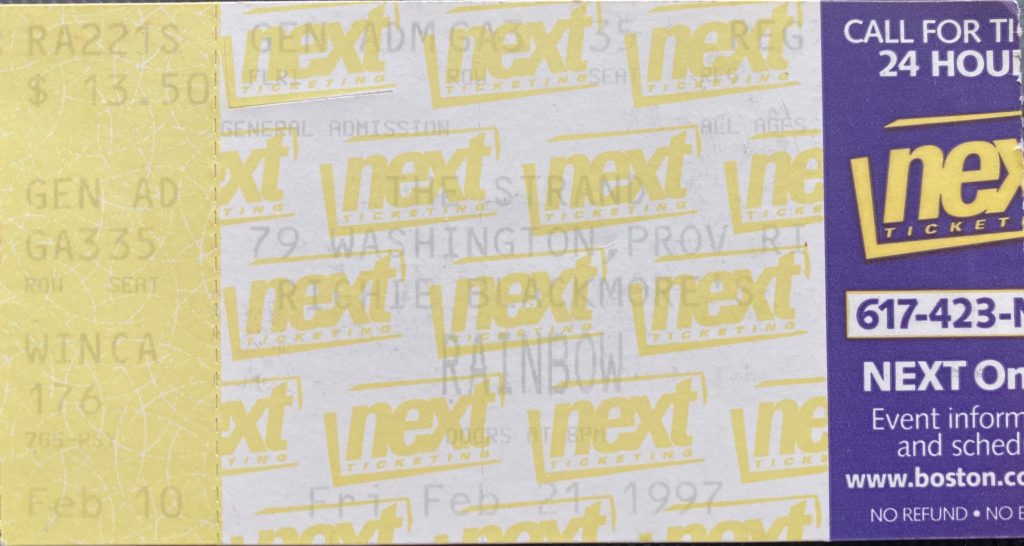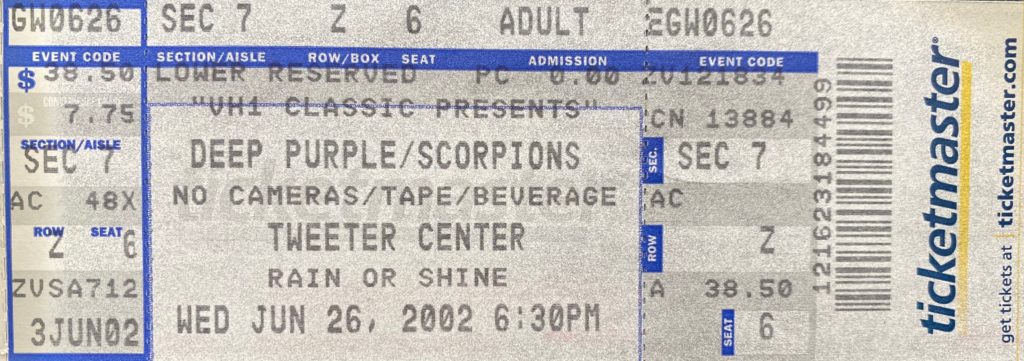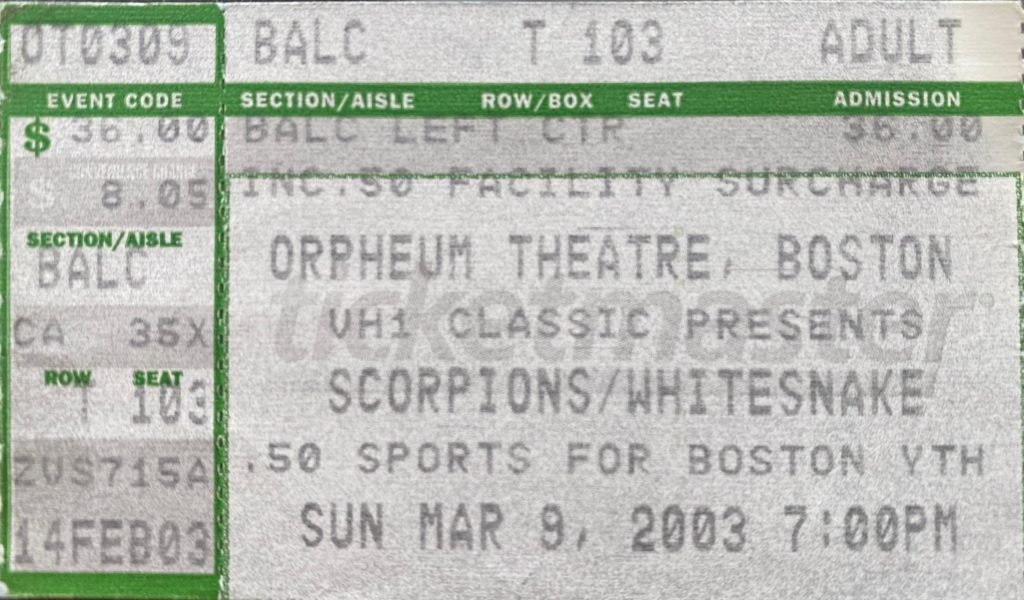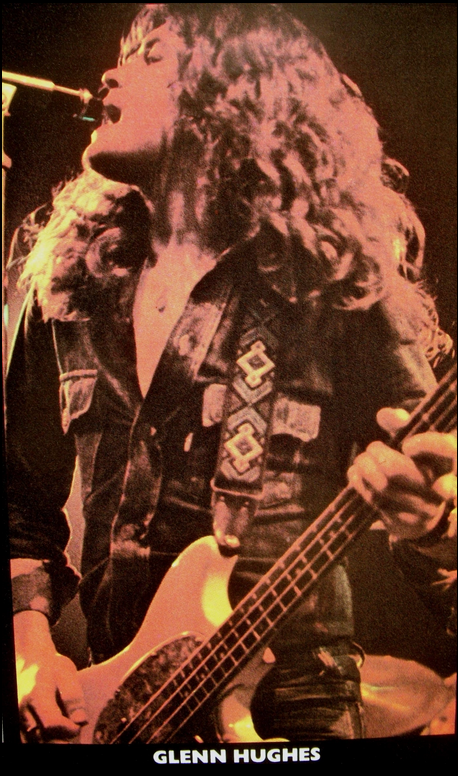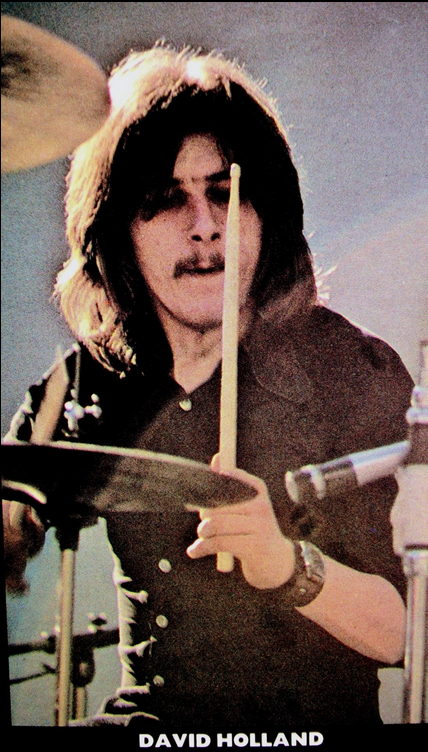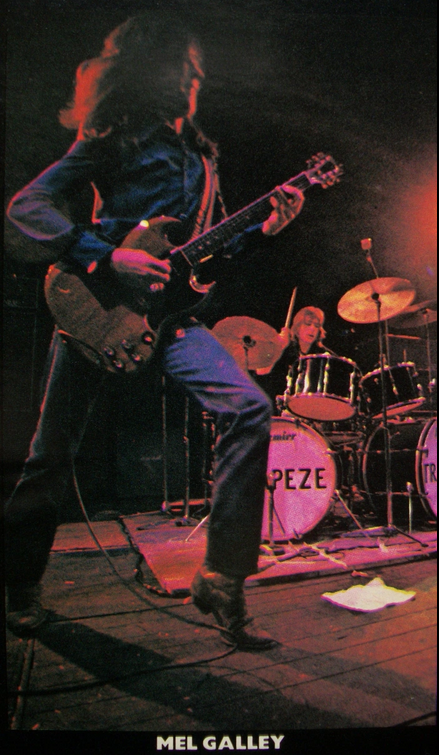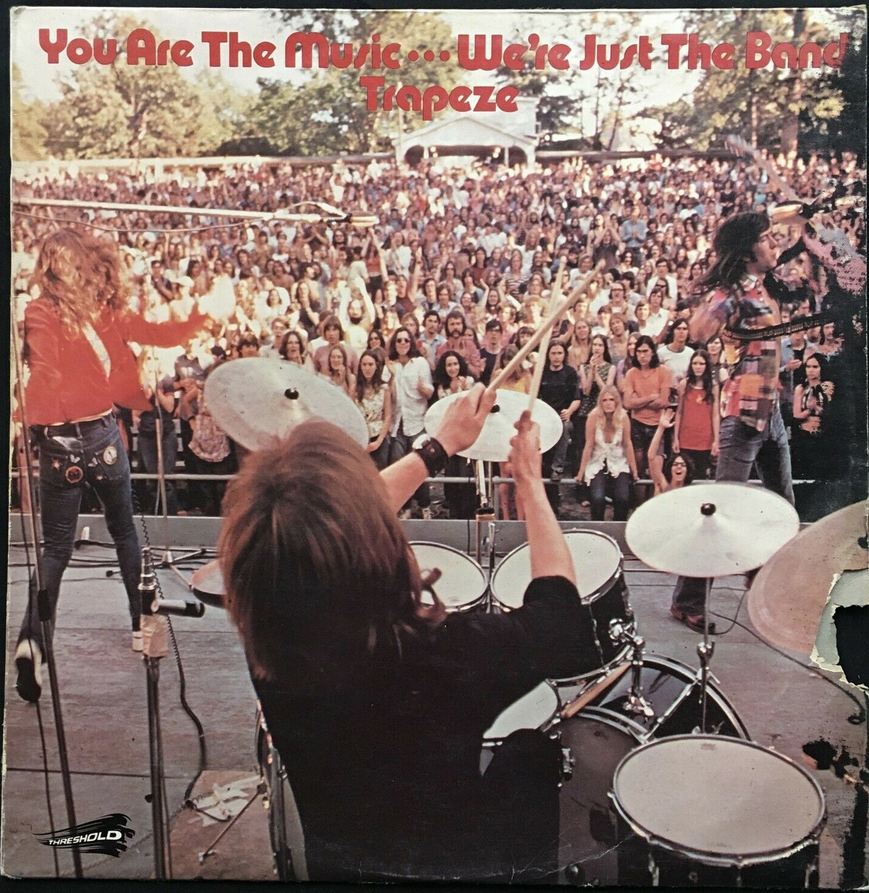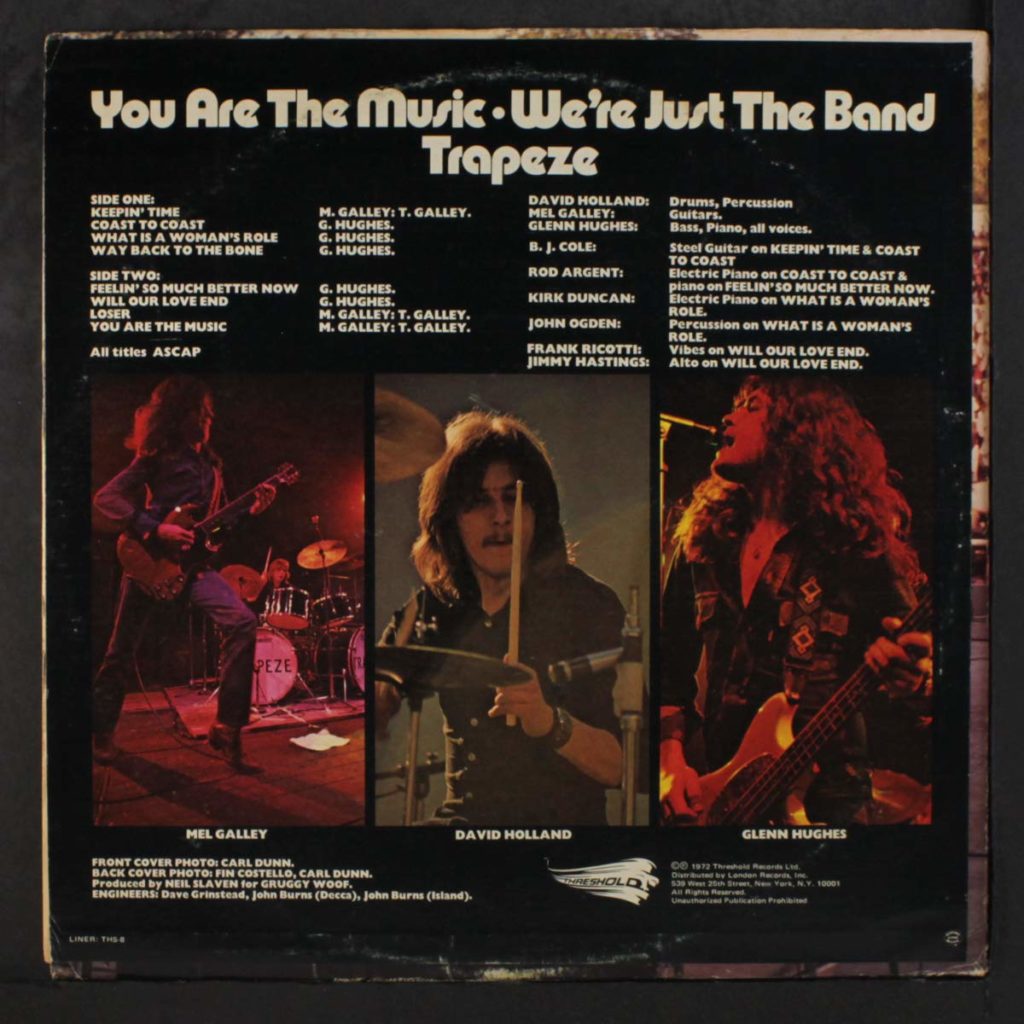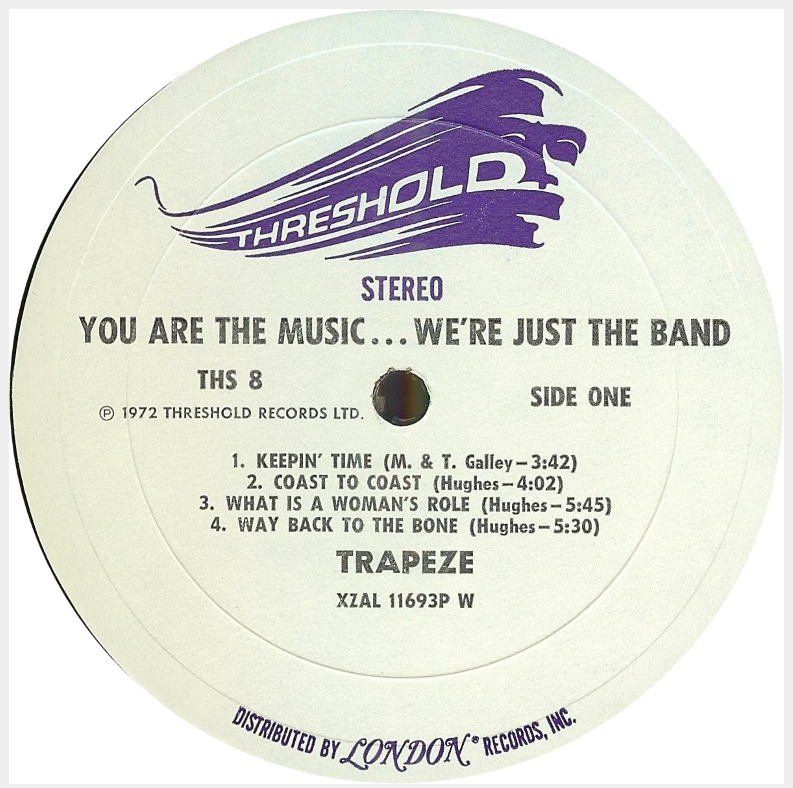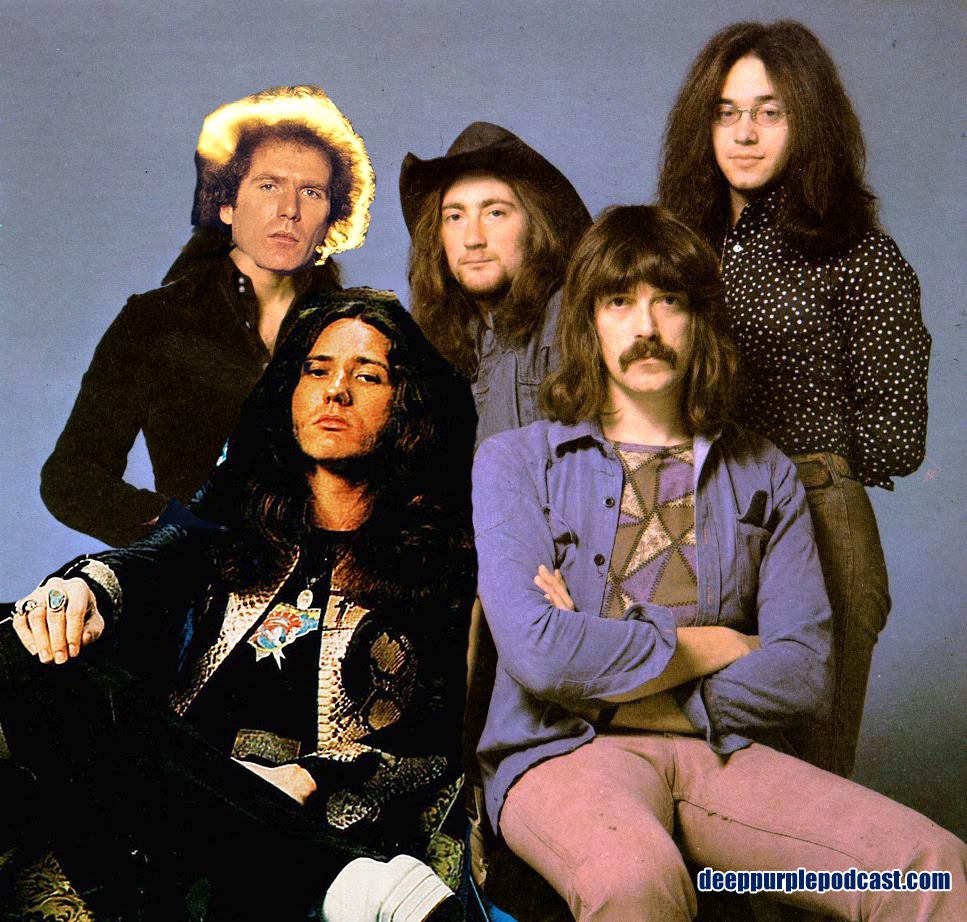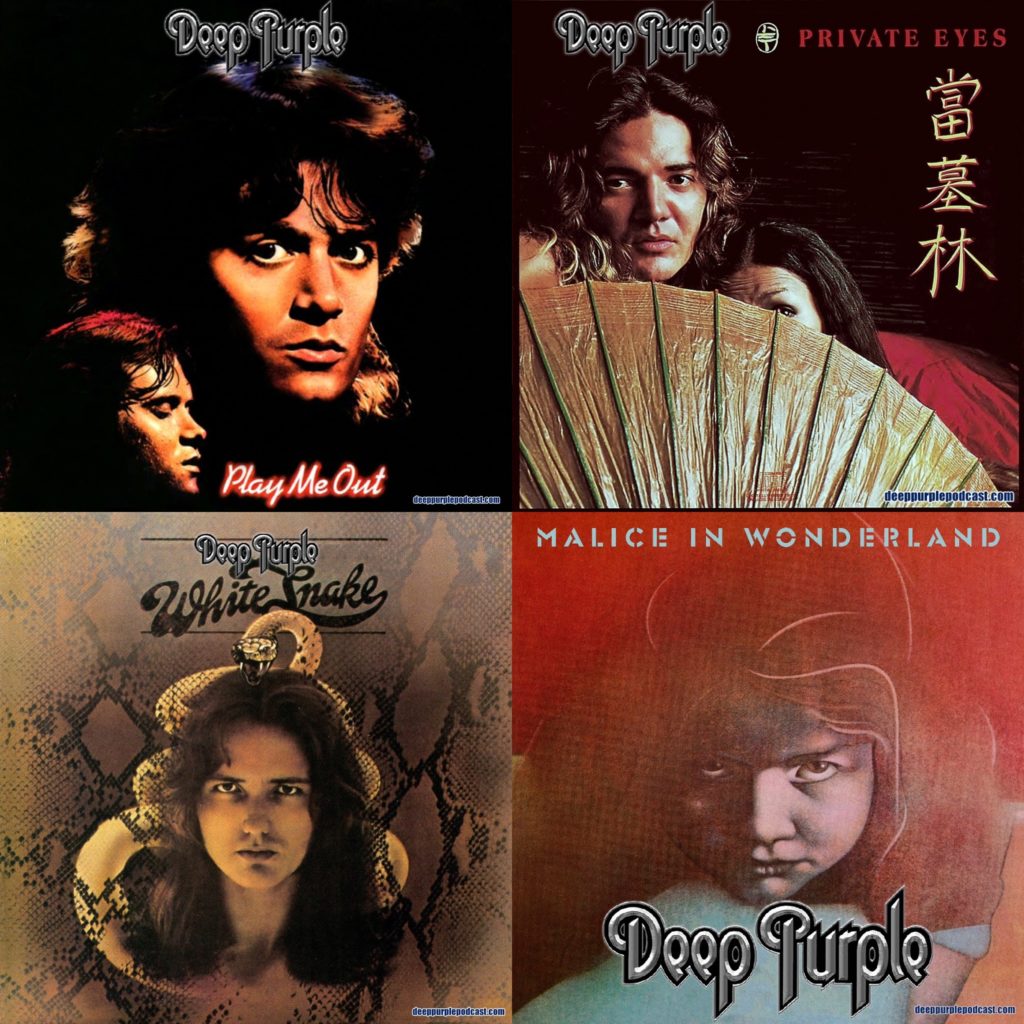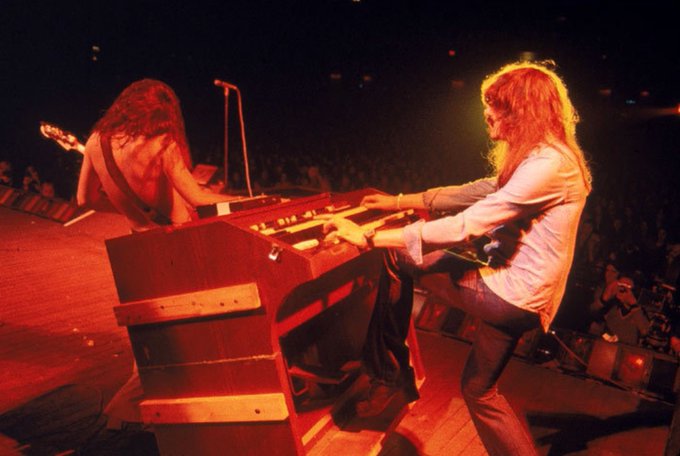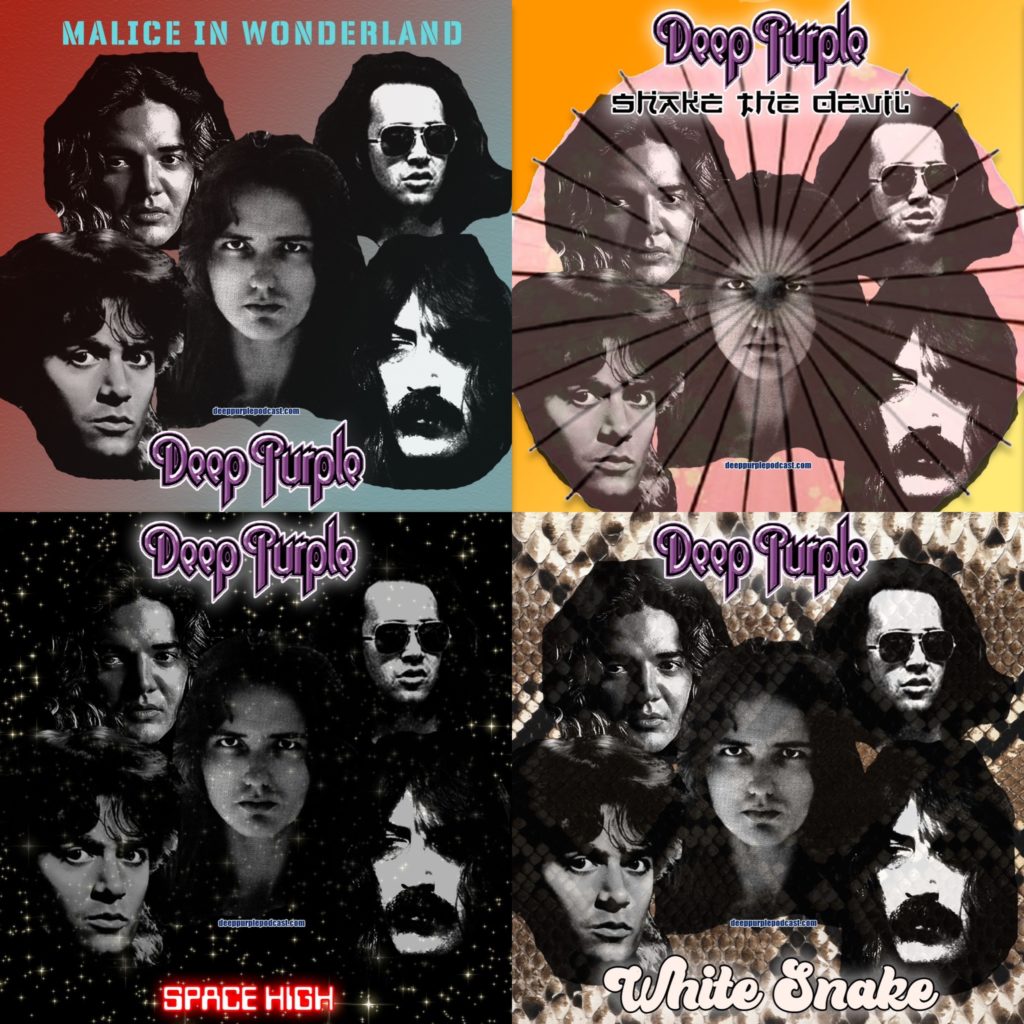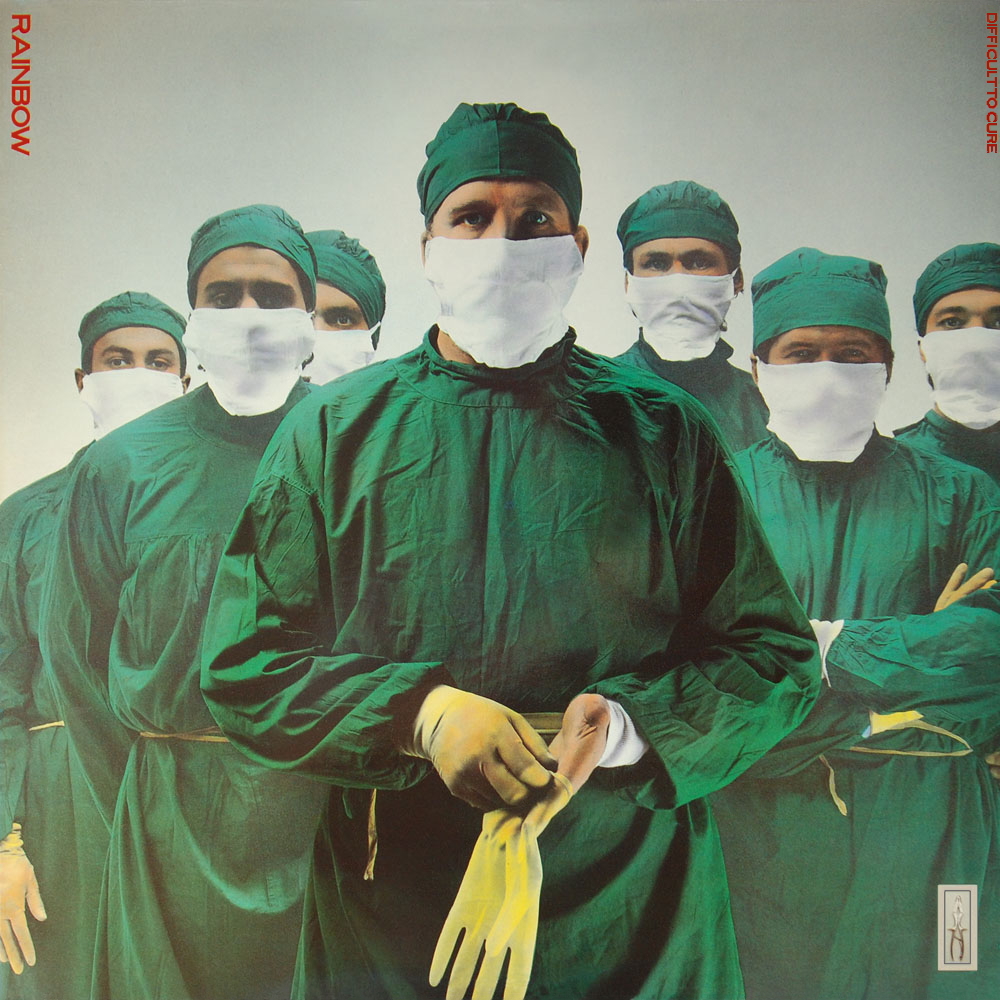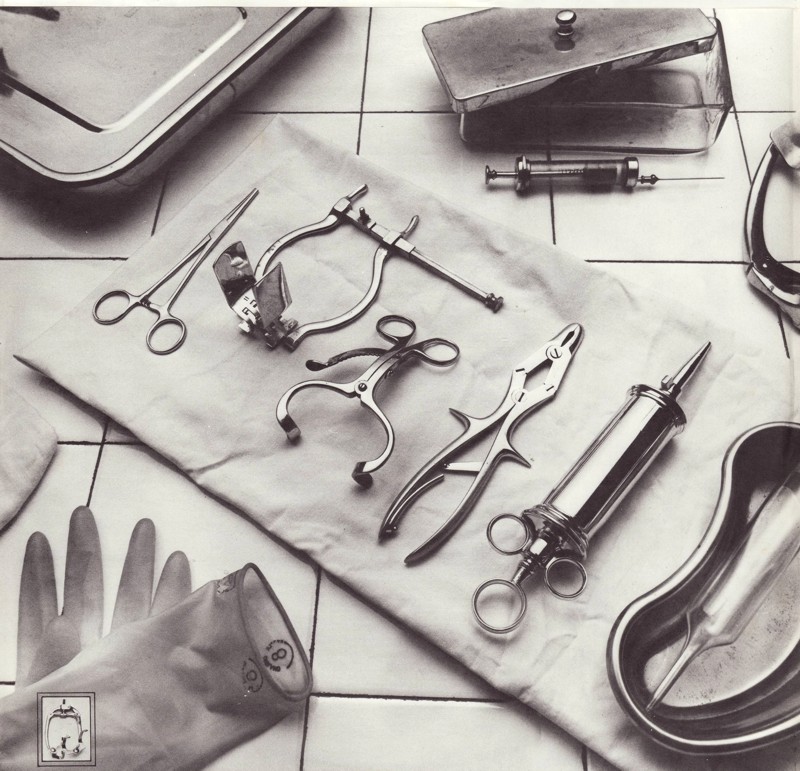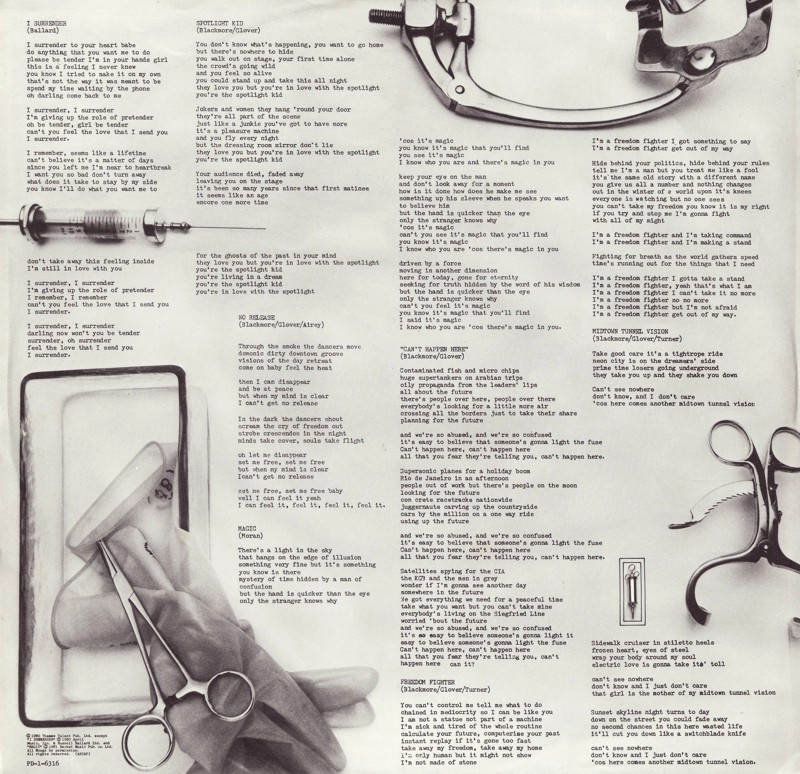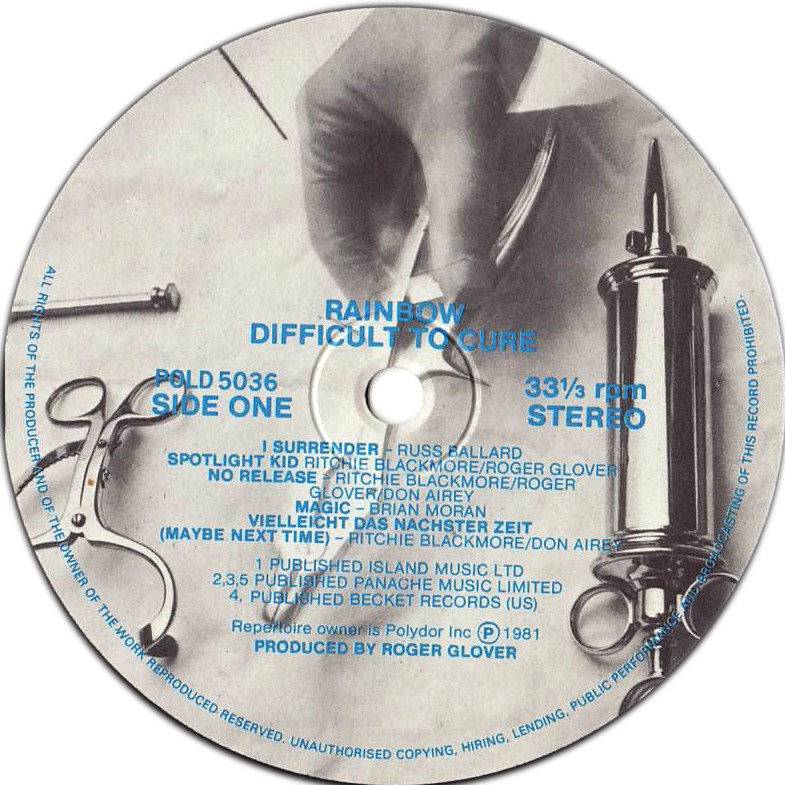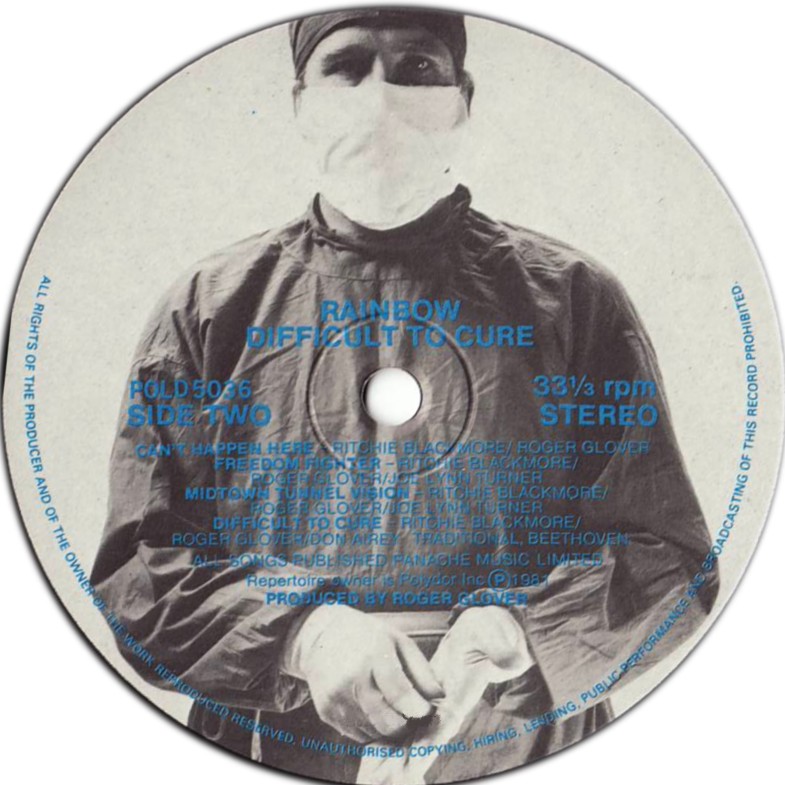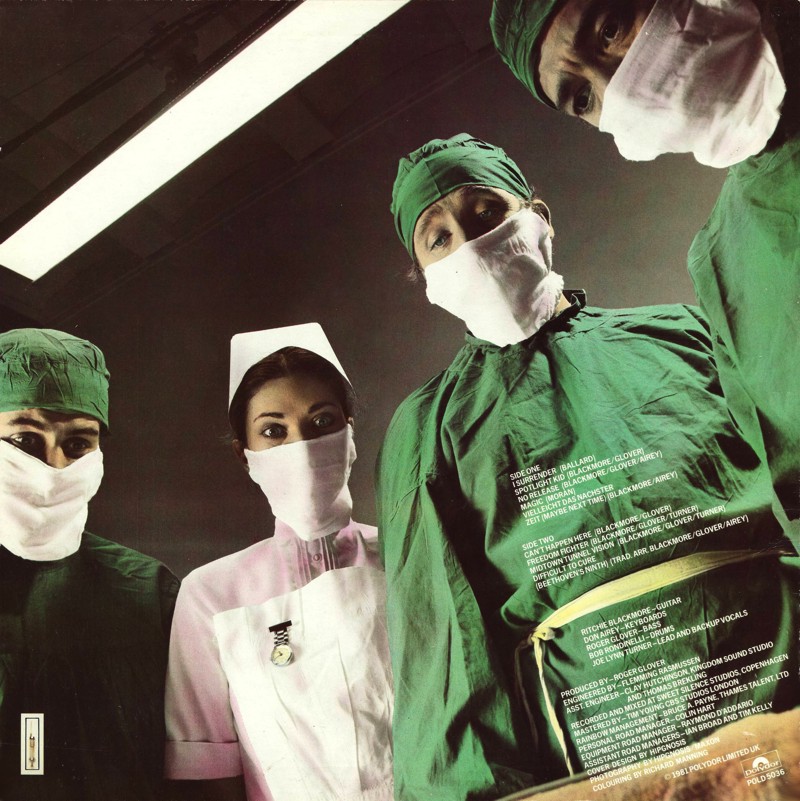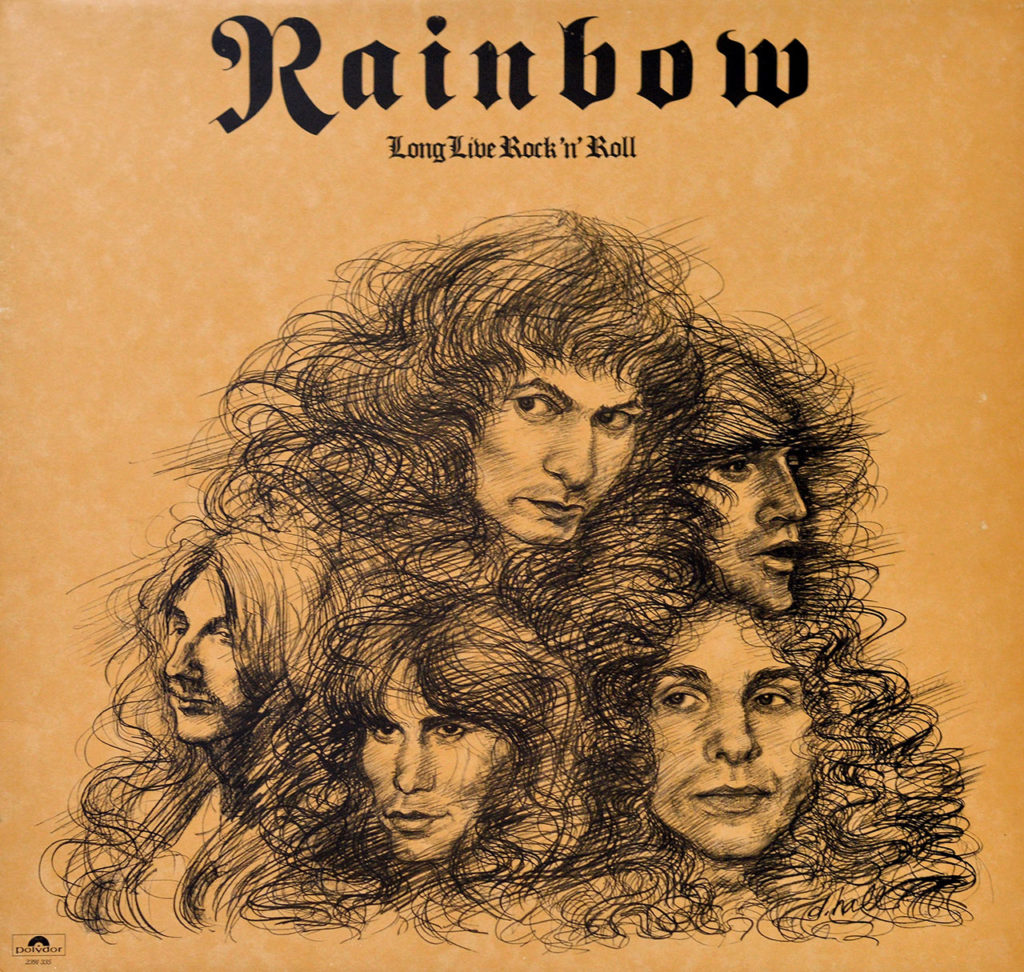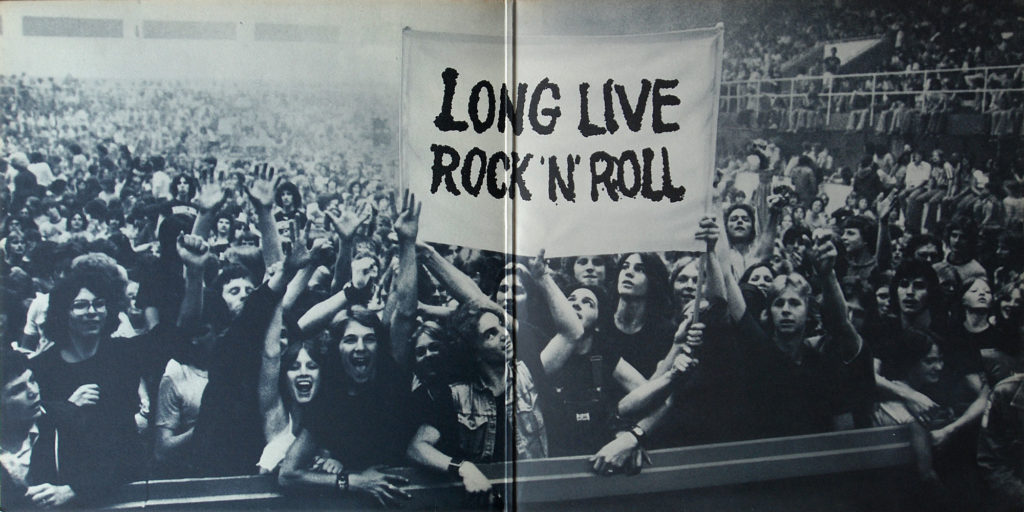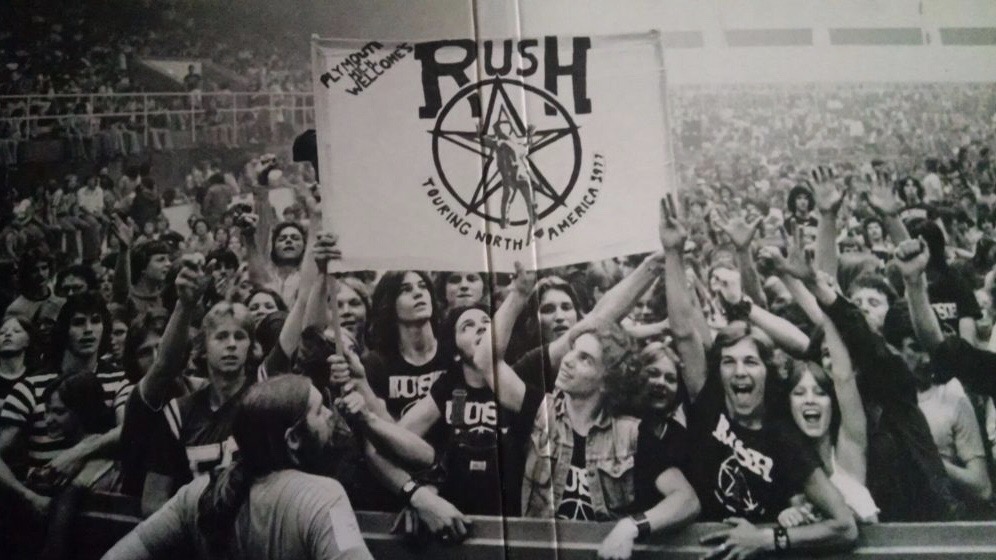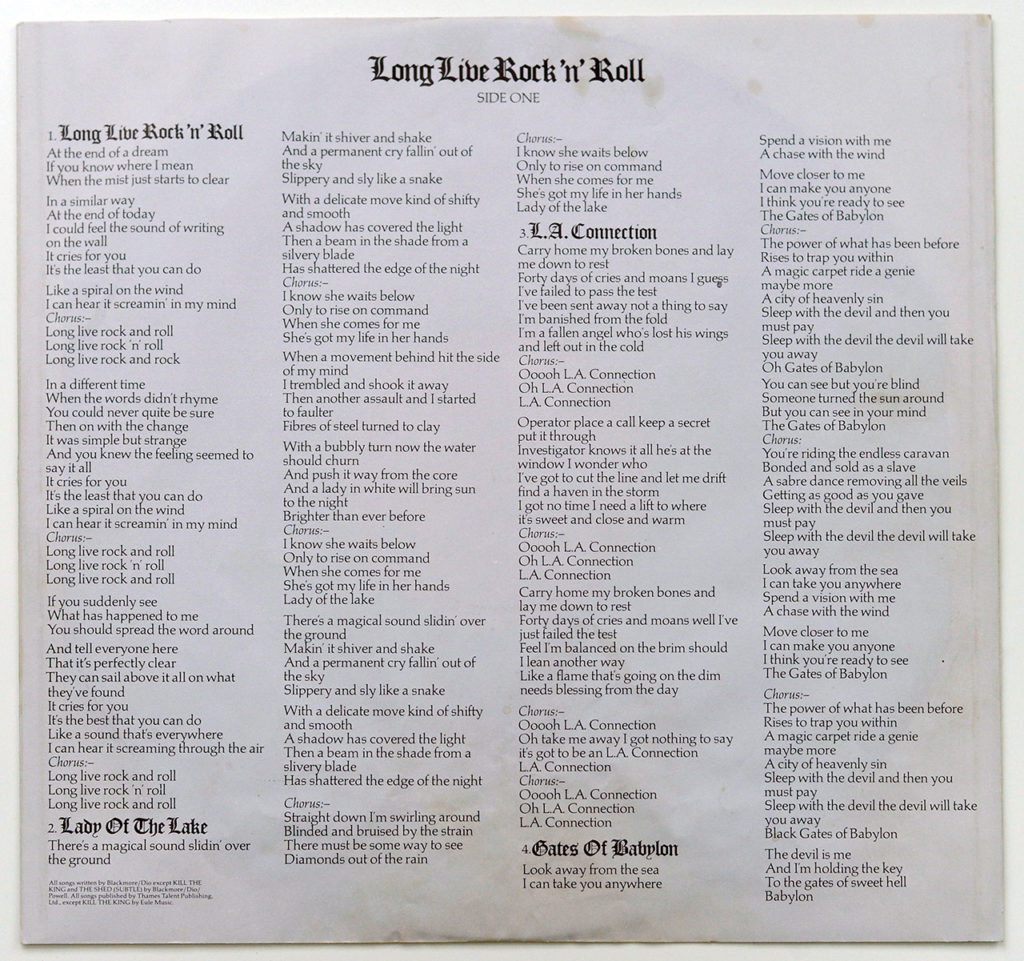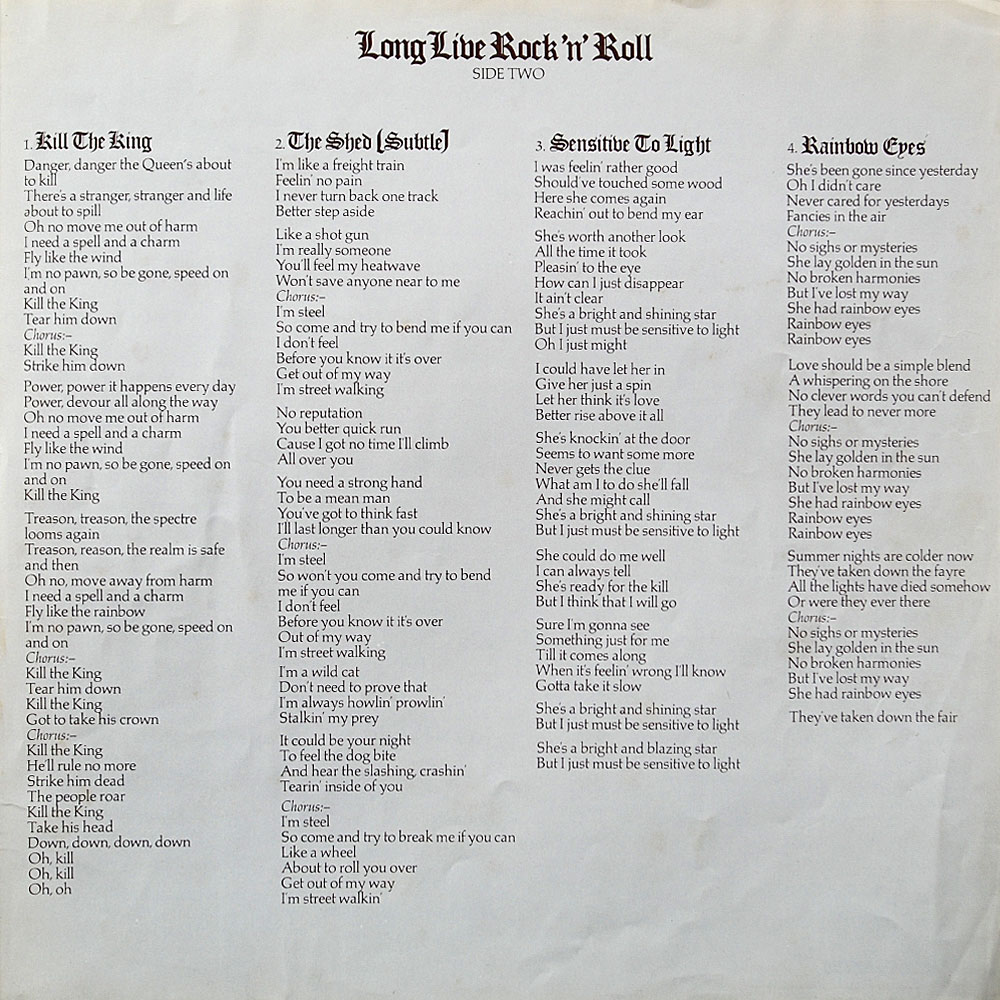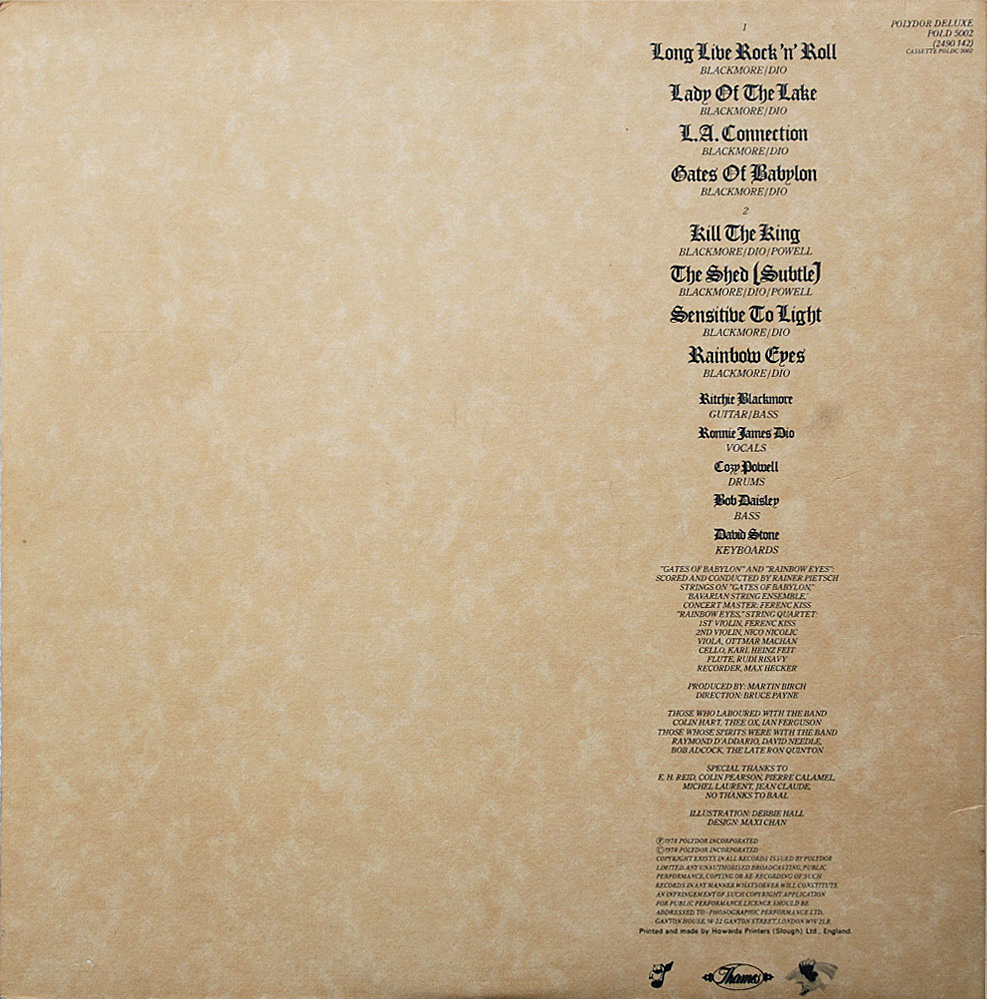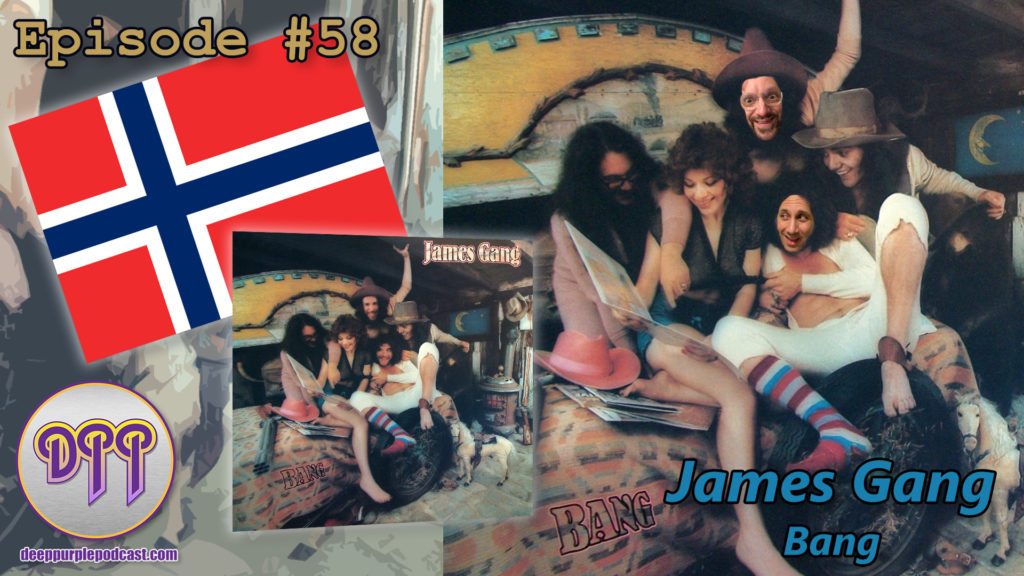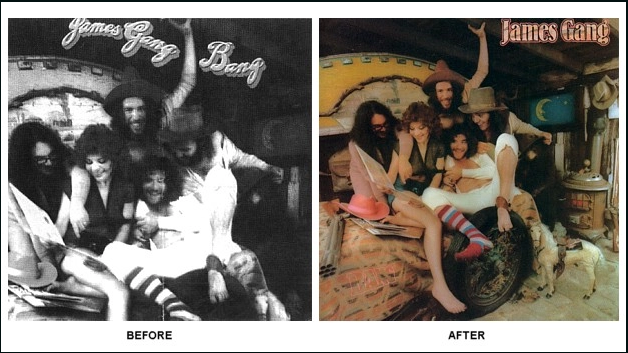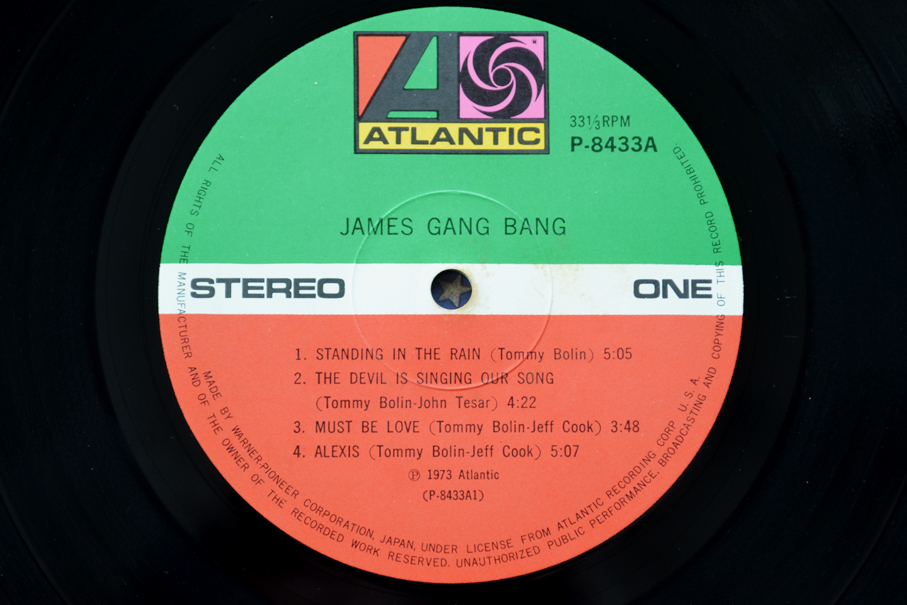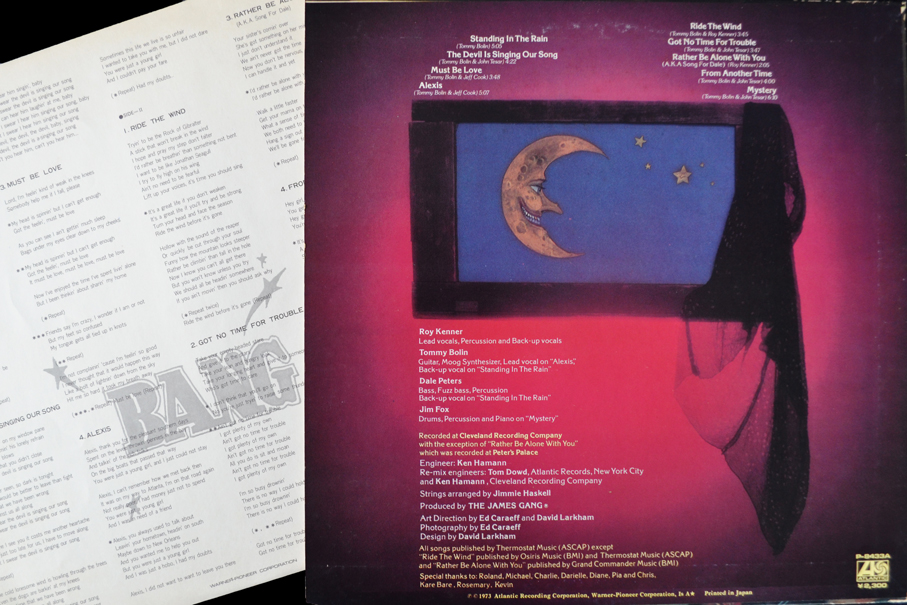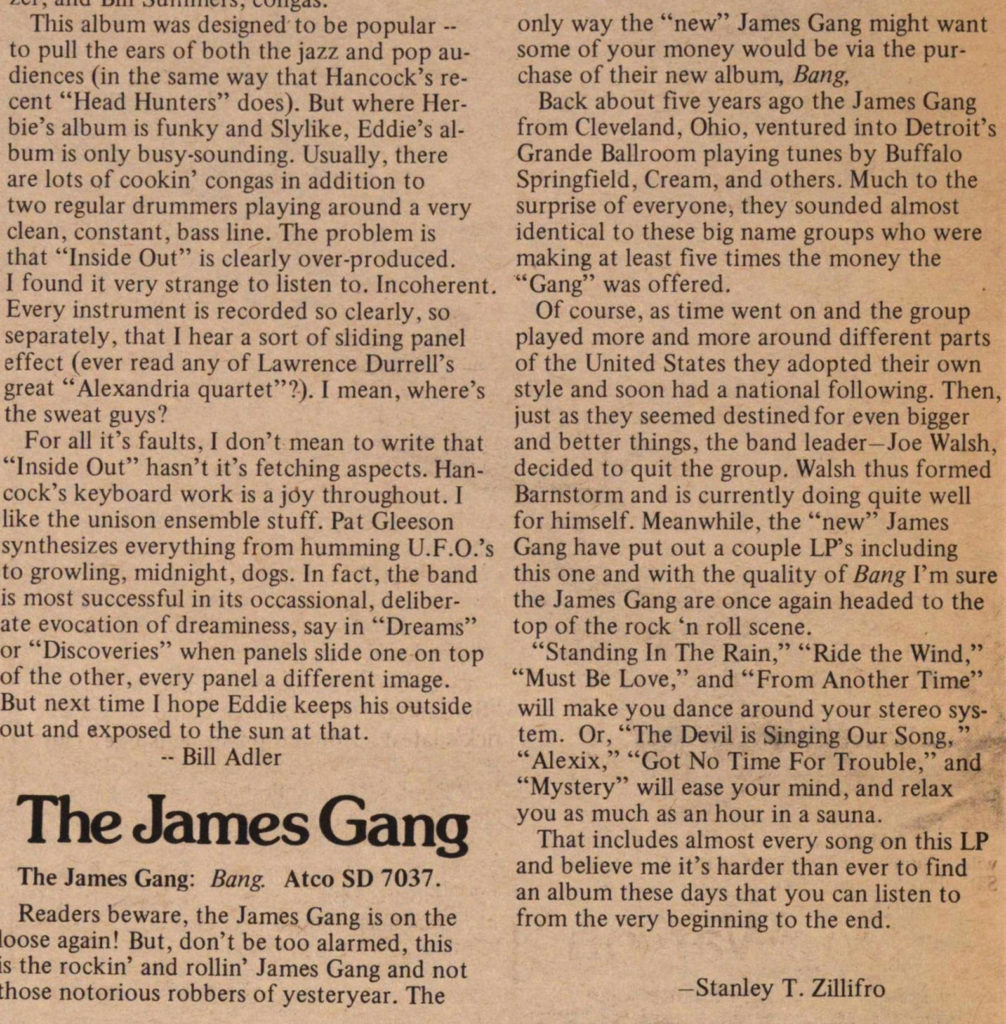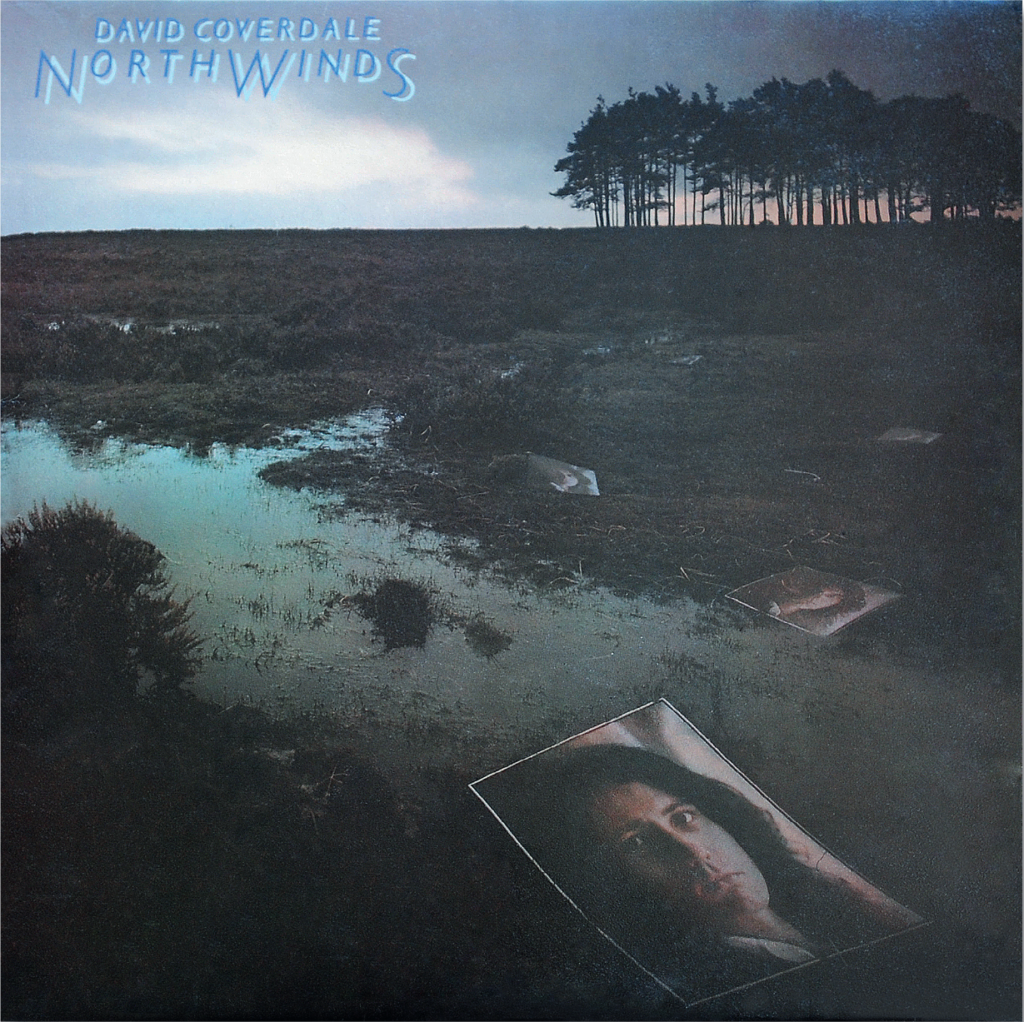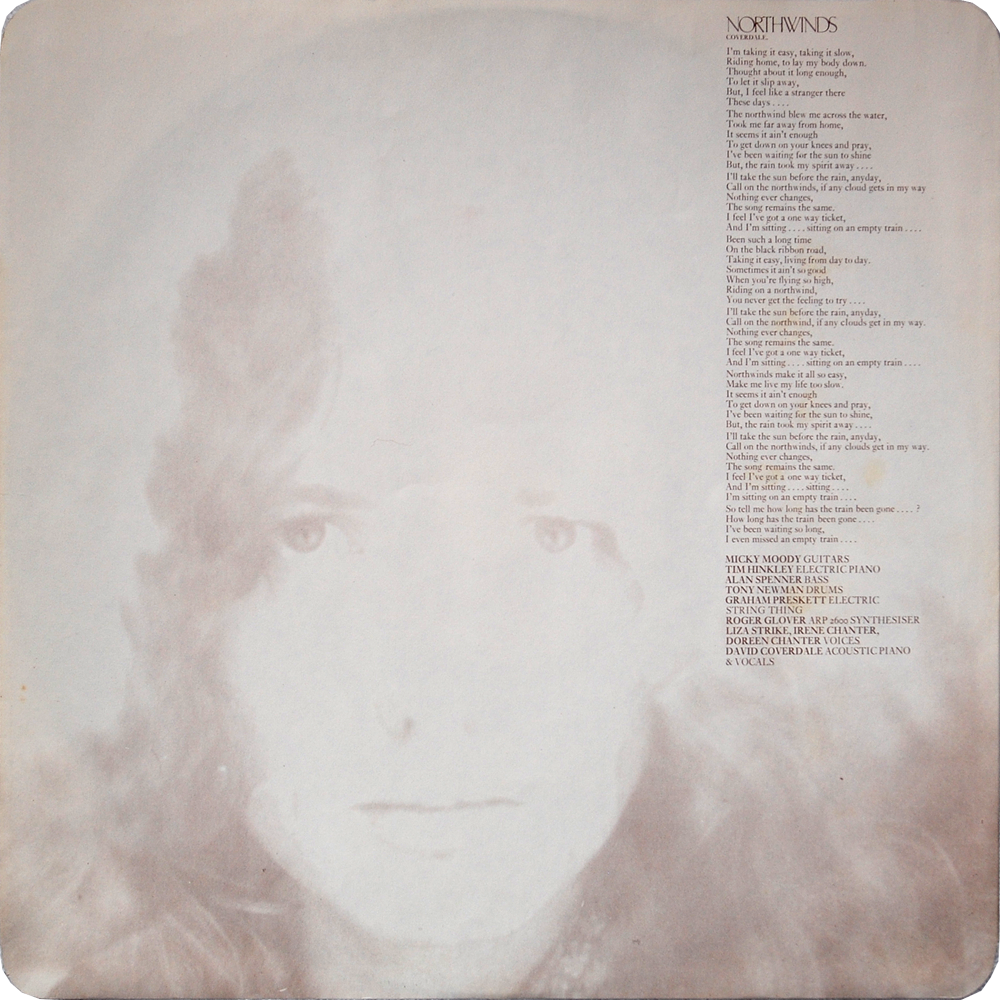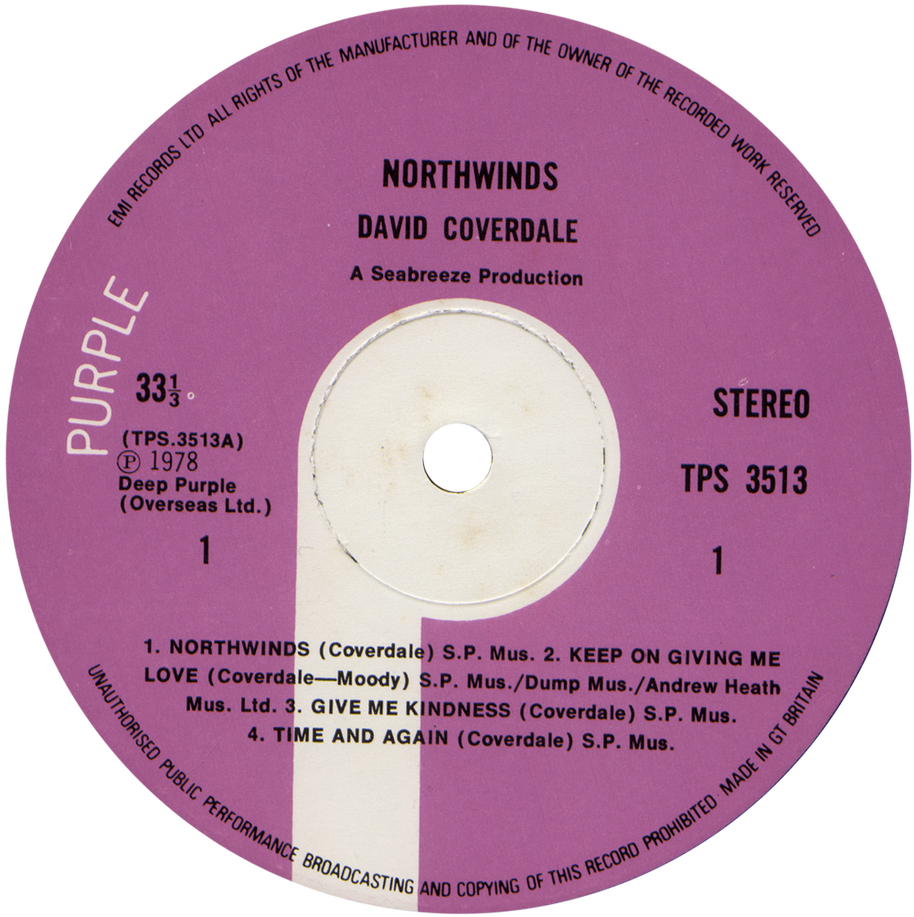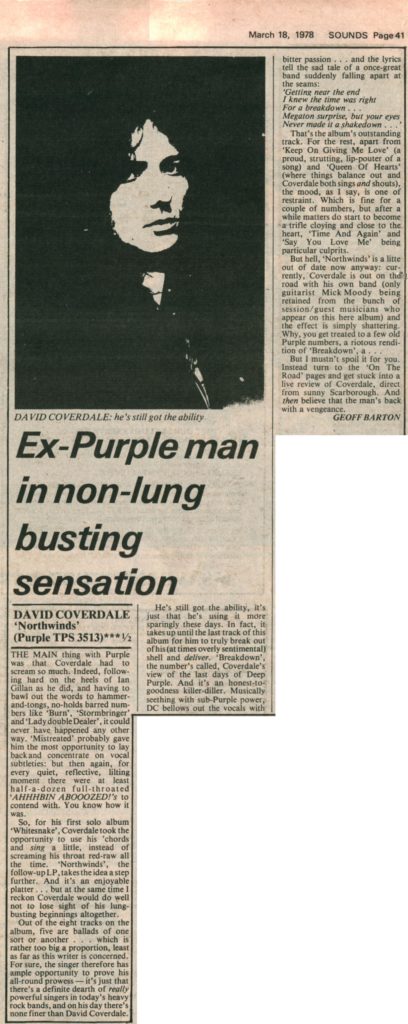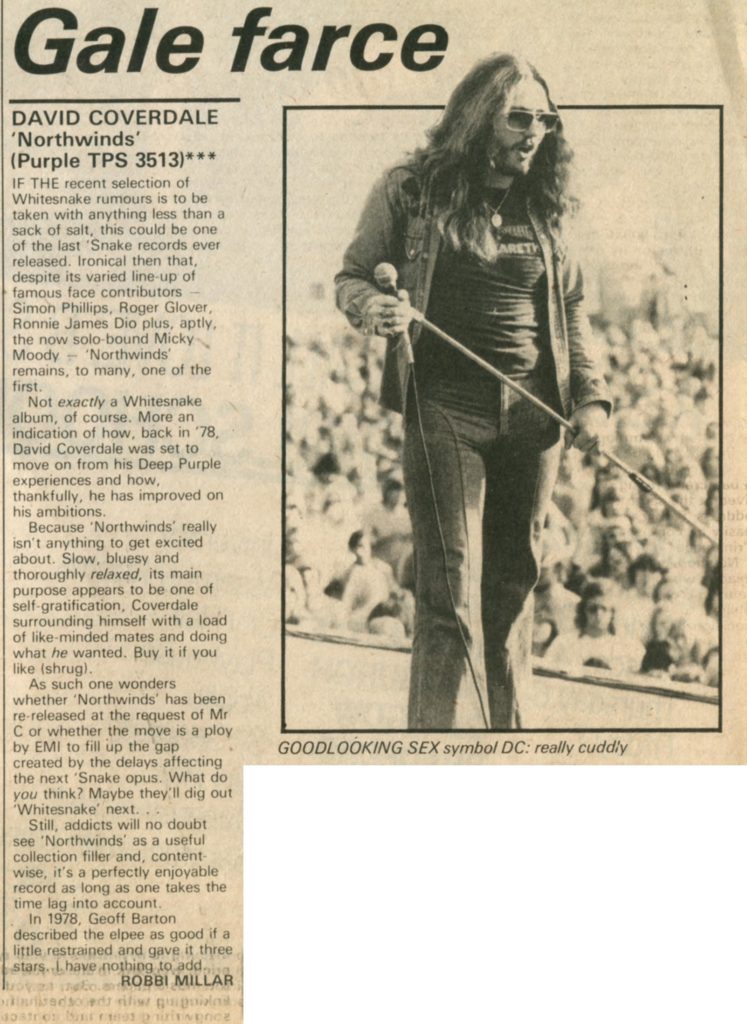Disclaimer: The video used on YouTube is a byproduct of producing our audio podcast. We post it merely as a convenience to those who prefer the YouTube format. Please subscribe using one of the links below if you’d prefer a superior audio experience.
Subscribe at Apple Podcasts, Stitcher, Google Podcasts, Overcast, Pocket Casts, Anchor.fm, Breaker, PodBean, RadioPublic, or search in your favorite podcatcher!
Thanks to Our Patrons:
- The $20 “Shades of Deep Pockets” Tier
- Ryan M
- The $15 Highball Shooter Tier
- Steve Seaborg (NameOnAnything.com, Alltheworldsastage.net) – Paypal
- The Turn it up to $11 Tier
- Alan Begg
- $10 “No One Came”
- No One Came – 🙁
- $5 Money Lender Tier
- Clay Wombacher
- Greg Sealby
- Frank Theilgaard-Mortensen
- Mike Knowles
- Janne Juola – ONE TIME PAYPAL!
- $3 Nobody’s Perfect Tier
- Peter Gardow
- Ian Desrosiers
- Mark Roback
- Anton Glaving
- $1 Made Up Name Tier
- Ells Murders
- Spacey Noodles
- The “Blood-Curdling” Leaky Mausoleum
- Michael Vader
One Time Donations available via PayPal:
- Recurring payments are available or . . .
- Donate to become an official episode producer and have your name/message read on the episode!
Thanks to our Brothers at the Deep Dive Podcast Network:
- Ry @ Sabbath Bloody Podcast
- The Simple Man @ Skynyrd Reconsydyrd
- Terry “T-Bone” Mathley @ T-Bone’s Prime Cuts
Thanks to the Patron Saint and Archivist of The Deep Purple Podcast:
- Jörg Planer – an essential Twitter follow
Guest Host:
- This week we’re joined by Scott Begin of the band Badfish and the podcast Intermission!


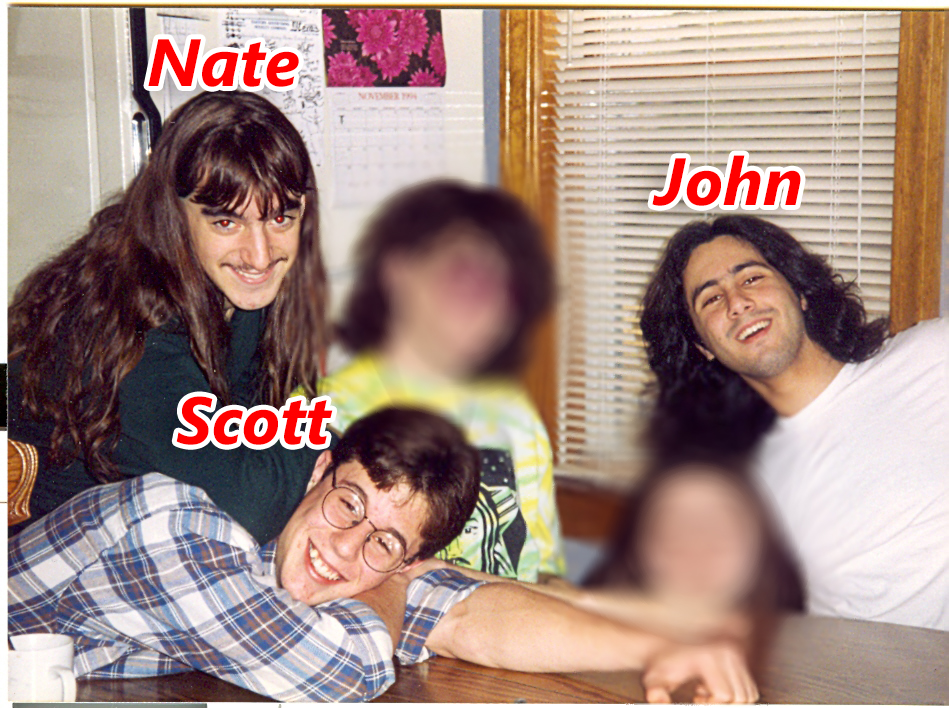
A Word from Our Sponsor:
- David Coverdale and Hollywood, O Successo
Lead up to the Album:
- A lot of information out there is incorrect about the getting together of the two. See Jörg’s timeline below.
- In interviews at the time, Plant expressed some derision at the guitarist’s collaboration with Coverdale, referring to the project as “David Cover-version”.
- “David was really good to work with,” Page noted. “It was very short-lived, but I enjoyed working with him, believe it or not.”
Timeline (by Jörg Planer):
- It was Rod McSween and not John Kalodner (as Wikipedia suggests) who brought them together.
- March 1991: first meeting of DC and Jimmy in New York
- Late March/April 1991: Sessions Incline Village/Lake Tahoe
- First day of collaboration…two-track demos…’Absolution Blues’ written the first day
- Second day of collaboration…’Feeling Hot’ written the second day; both considered it a great opener for their live show
- Collaboration continues…typically from 10am-3pm daily…eight additional songs written and later recorded…Jimmy suggested they continue writing and recording together in Barbados
- 14 May 1991: Jimmy jam with Poison in Reno, Nevada
- Summer 1991: Bass player Ricky Phillips (Bad English) and drummer Danny Carmassi (Heart, Montrose) join David and Jimmy
- The collaboration continued while vacationing in Barbados…’Pride And Joy’ written…it’s working title was ‘Barbados Boogie’
- Summer 1991: It seems that Adrian Vandenberg around this time still had the impression, that Jimmy Page would be the replacement for Steve Vai in Whitesnake
- October 1991: David and Jimmy start the recordings for the new album at Little Mountain Studio in Vancouver
- October/December 1991: The working conditions there in Vancouver were not the best for DC and Jimmy, the studio was sold a number of times and both got ill…
- Spring 1992: David and Jimmy move to Criteria Studios in Miami, FL. Duiring that session Jorge Casas (Miami Sound Machine) replaces most of the bass tracks recorded by Phillips.
- Spring 1992: Around that time the projects also gets a name – LEGENDS
- October / November 1992: Final recordings and mastering of the album at Abbey Road Studios in London, UK
- February 1993: Pride & Joy (Radio promo only single) went straight to No. 1 in the Billboard Album Rock Tracks in the week ending February 27th 1993 and stayed there 6 weeks in a row…
- March 11 1993: World premiere broadcast of the album at the Album Network
- March 15 1993: The Coverdale / Page album is released in Europe. The North American release date is March 16, the Japanese one March 18.
- In the UK the album reached No. 4 in the charts on March 27
- In the United States it entered the Billboard 200 on April 3rd at No. 5…
- The album sold less copies than expected. It needed 2 years in the US to get a Platinum certification for 1 Million sold units.
- In Canada it reached Platinum (100.000 units) within two weeks.
- “Shake My Tree” was the second promo from the Coverdale / Page album. The intro of “Shake My Tree” is based on a riff from Led Zeppelin days…
- According to DC Coverdale / Page recorded 5 or 6 songs that didn’t make it on the album. Some were mentioned in the press, three were shared by DC on his website and North C Radio more than 15 years ago (Saccharin, Good Love Bad Love, Southern Comfort)
Personnel
- Backing Vocals – John Sambataro (tracks: 2, 6, 10, 11)
- https://www.facebook.com/JohnneSambataroMusic/info
- Worked with Andy Gibb, Meat Loaf, Stephen Stills, Zakk Wylde
- Backing Vocals – Tommy Funderburk (tracks: 2, 6, 7, 10, 11)
- https://tommyfunderburk.com/
- Worked with Bernie Taupin, Rick Springfield, REO Speedwagon
- Bass – Jorge Casas
- http://www.jorgecasas.com/
- Worked with Gloria Estefan and the Miami Sound Machine, Julio Iglesias, Ricky Martin,
- Bass – Ricky Phillips (tracks: 7, 10)
- http://www.rickyphillips.com/
- Bass player with Bad English, Jeff Scott Soto, Styx,
- Drums – Denny Carmassi
- https://en.wikipedia.org/wiki/Denny_Carmassi
- Founding member of Montrose.
- Also played with Sammy Hagar solo, Heart, Cinderella.
- Guitar [All Sort Of] – Jimmy Page
- You know who Jimmy Page is.
- Harmonica – John Harris (4) (tracks: 1, 4)
- Only credit.
- Keyboards – Lester Mendez (tracks: 3, 5, 7 to 11)
- http://en.wikipedia.org/wiki/Lester_Mendez
- Record producer, worked with Shakira, Julio Iglesias, Paul Anka.
- Vocals – David Coverdale
- You know who David Coverdale is.
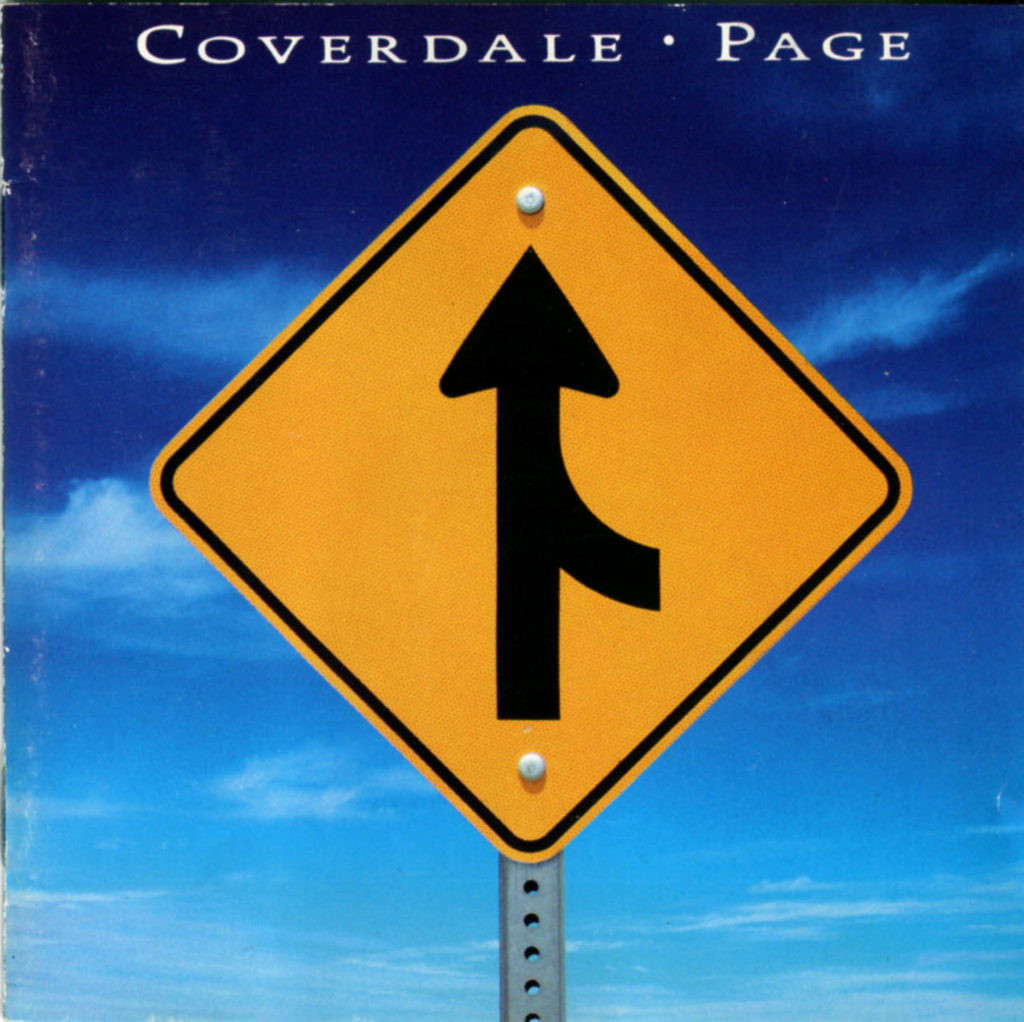
Album Art & Booklet Review
- Art Direction, Design – Hugh Syme
- http://www.hughsyme.com/
- Played keyboard on a number of Rush studio tracks.
- Also did many covers for Rush albums as well as Toronto, Sammy Hagar, and Whitesnake (the 1987 album).
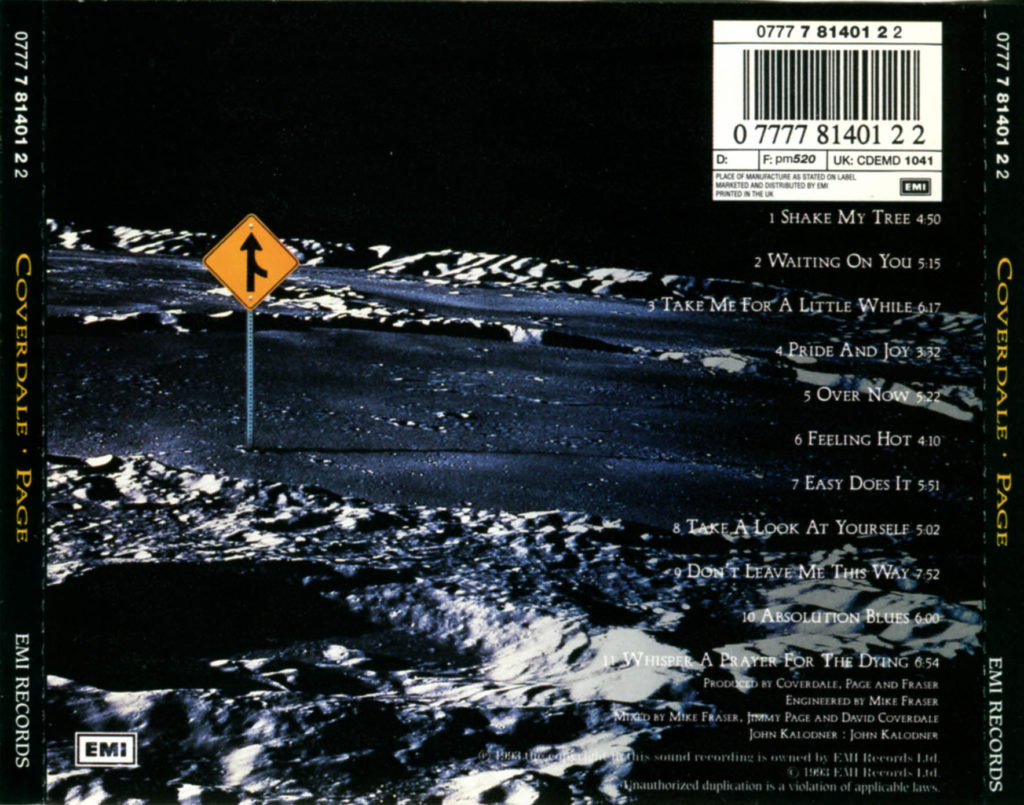
- According to Coverdale, the traffic sign shown on the cover of the album signified “two roads joining to one road. Try to express unification or joining together.”

Technical:
- Engineer – Mike Fraser
- http://mikefrasermix.com/
- Worked in production with Poison, The Cult, AC/DC, Joe Satriani.
- Mixed By – David Coverdale, Jimmy Page, Mike Fraser
- Producer – Coverdale*, Page*, Fraser*
- Engineer, Mixed By – Mike Fraser
- Mastered By – George Marino
- http://sterling-sound.com/engineers/george-marino
- Over 2500 credits on Discogs. From Stevie Wonder to Biohazard, to Kiss and Led Zeppelin.
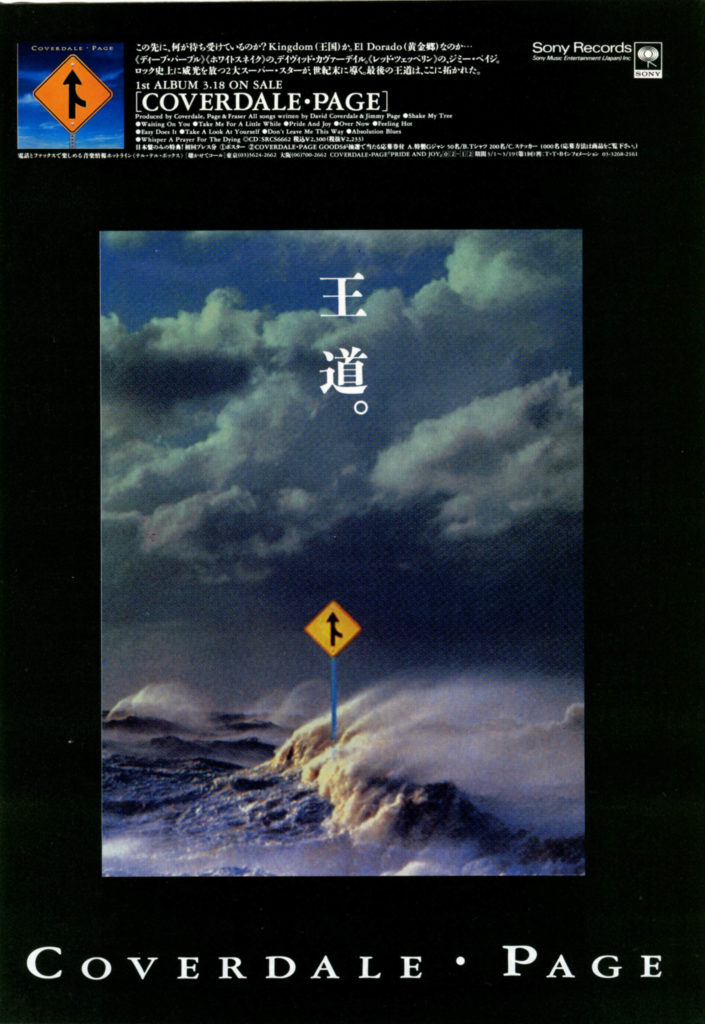
Album Tracks:
- Shake My Tree
- Harmonica – John Harris (4)
- Waiting on You
- Backing Vocals – John Sambataro, Tommy Funderburk
- Take Me for a Little While
- Keyboards – Lester Mendez
- Pride and Joy
- Dulcimer, Harmonica [Electric] – Jimmy Page
- Harmonica [Acoustic] – John Harris (4)
- Other [Outburst] – Denny Carmassi
- Over Now
- Keyboards – Lester Mendez
- Other [Electric Dog] – Jimmy Page
- Feeling Hot
- Backing Vocals – John Sambataro, Tommy Funderburk
- Easy Does It
- Acoustic Guitar – David Coverdale
- Backing Vocals – Tommy Funderburk
- Bass – Ricky Phillips
- Keyboards, Percussion – Lester Mendez
- Take a Look at Yourself
- Keyboards – Lester Mendez
- Don’t Leave Me This Way
- Keyboards – Lester Mendez
- Absolution Blues
- Backing Vocals – John Sambataro, Tommy Funderburk
- Bass – Ricky Phillips
- Keyboards – Lester Mendez
- Whisper a Prayer for the Dying
- Backing Vocals – John Sambataro, Tommy Funderburk
- Keyboards – Lester Mendez
Timeline after release:
- April 1993: A 45 dates US Summer tour with Extreme as support is announced
- April 1993: Some of these tourdates made it into the press, the earliest one was Milwaukee July 2nd, the last one Denver Aug 17th. All were re-scheduled.
- June 1993: The tour is now announced for an October start.
- June 1993: UK single “Take Me For A Little While” (Japan July 29 and slightly different on December 2)
- July 1993: Jimmy and David start rehearsals in London, UK
- August 1993: The first October dates were announced, among them 3 in Florida. All of them were cancelled a month later.
- August 1993: UK single “Take A Look At Yourself”
- Late September 1993: The first shows of the Japanese tour are announced
- In November they returned to Nomis Studio and began rehearsals for their upcoming 7-date Japanese tour the following month. Final rehearsals were held in L.A. in late Nov ’93 and on into early Dec ’93.
- 1993-12-14 Tokyo – First show of the tour
- 1993-12-15 Tokyo – The second Tokyo show
- 1993-12-17 Tokyo
- 1993-12-18 Tokyo – During the last Tokyo show they play “Rock’n’Roll” twice
- 1993-12-20 Osaka
- 1993-12-21 Osaka – The second show in Osaka
- 1993-12-22 Nagoya – The last show. A bit of “Whole Lotta Love” is included in “Shake My Tree”.
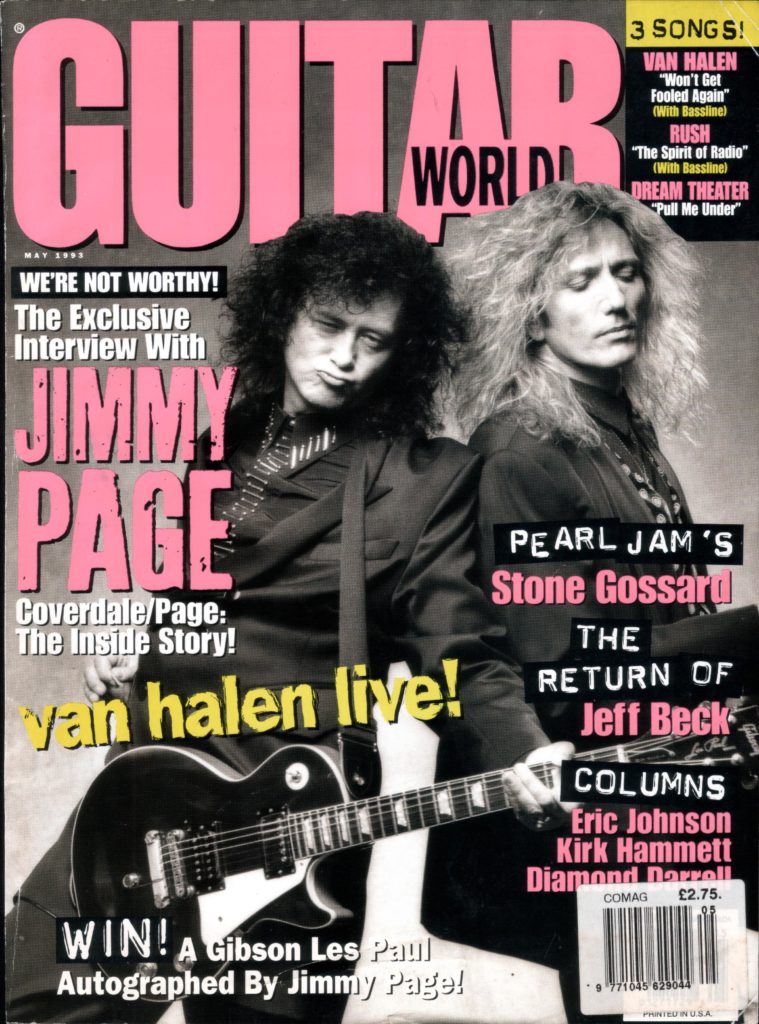
Reception and Review
- Sales were respectable, especially in the UK and US, where the album went top 5. Critical reviews were also favourable, with Rolling Stone stating that “it may not be the second coming of Led Zeppelin, but it’s close enough that only the most curmudgeonly would deny the band its due… Coverdale’s bluesy howl has never been put to better use than against Page’s guitar.” Q magazine went further saying, “Excellent… this album screams classic from start to finish.”[13]
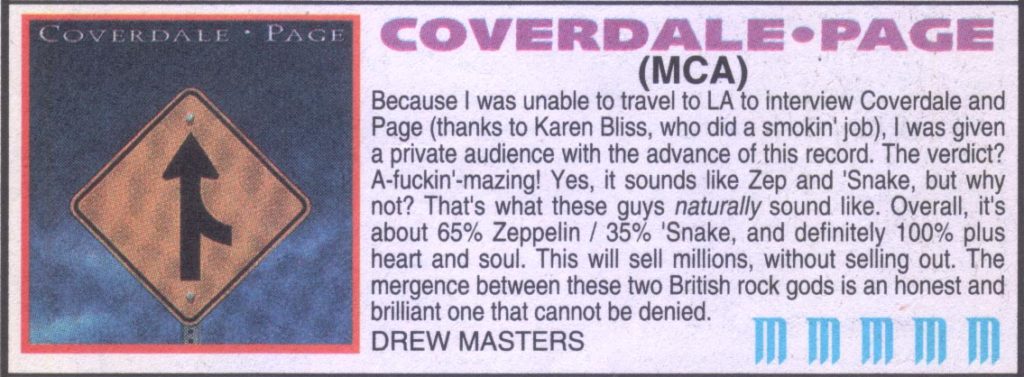
- The following review from RIP magazine, “Robert Plant is going to be seriously pissed when he hears this [album]”,[14] and the poor reception and sales of Plant’s album Fate of Nations; released around the same time, was apparently the catalyst for Page and Plant reuniting for an MTV Special, two albums and a tour.
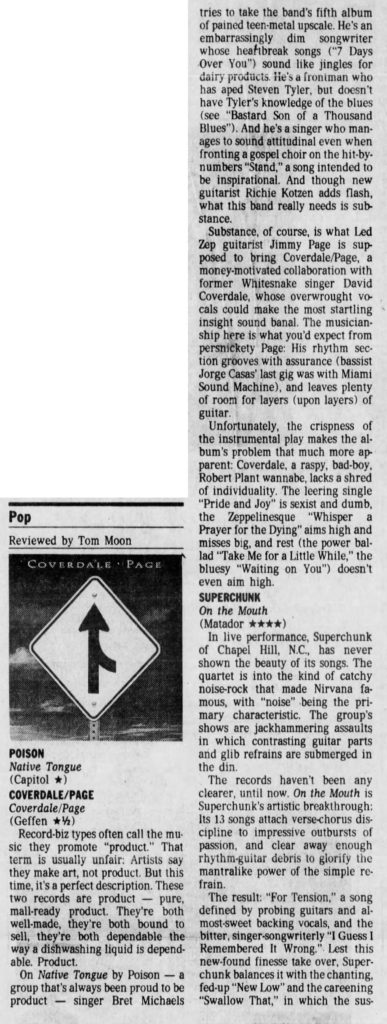
- In a March 2018 interview (which happens to be the 25th anniversary release of the album), on Eddie Trunk‘s SiriusXM radio show, Coverdale revealed plans to release a remastered box set version, with the possible inclusion of four or five previously unreleased tracks, that were written and recorded for the album, but didn’t make the final cut.
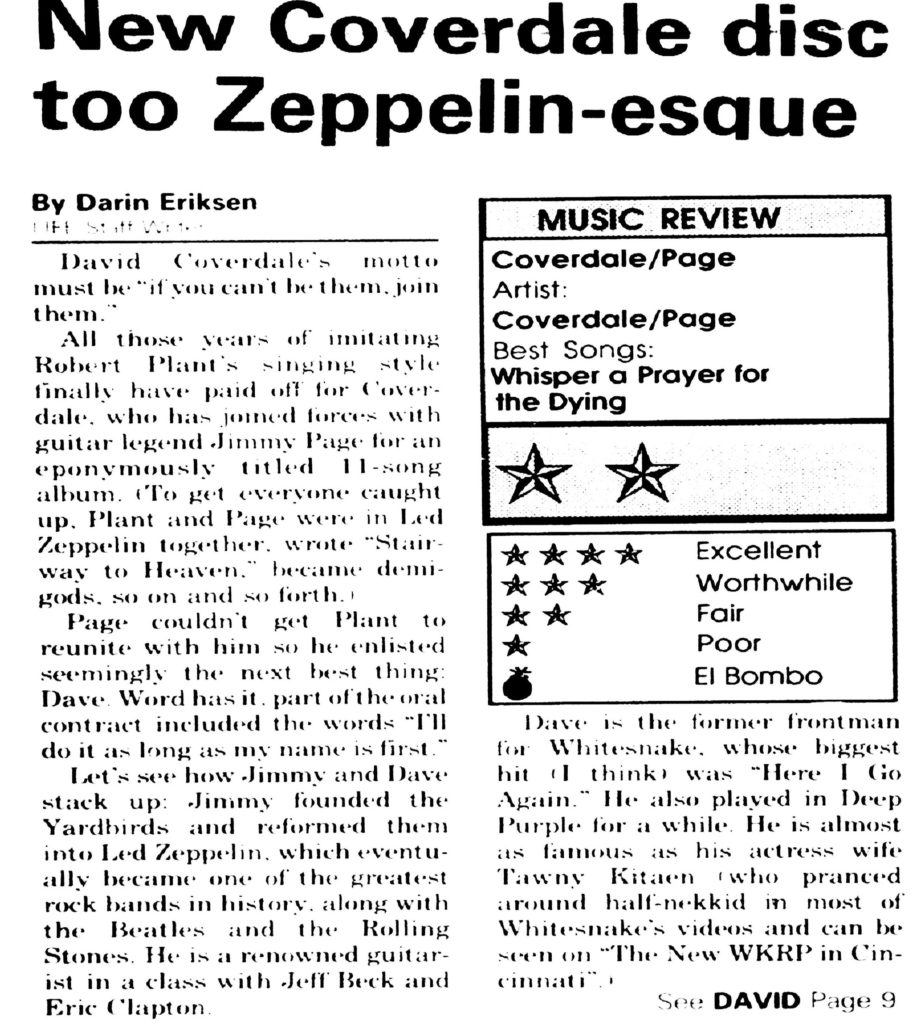
- On 25 June 2019, The New York Times Magazine listed Coverdale–Page among hundreds of artists whose material was reportedly destroyed in the 2008 Universal fire.
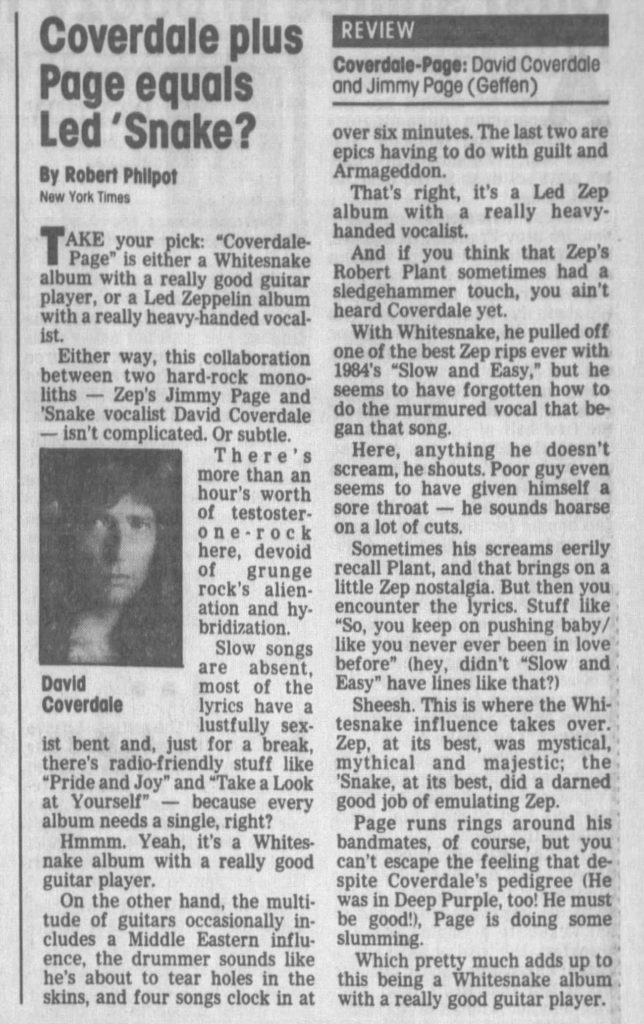
Listener Mail/Comments
- Comments about the show? Things you’d like us to cover? We’d love to hear from you. Send us an email at info@deeppurplepodcast.com or @ us on Twitter, Facebook, or Instagram.

